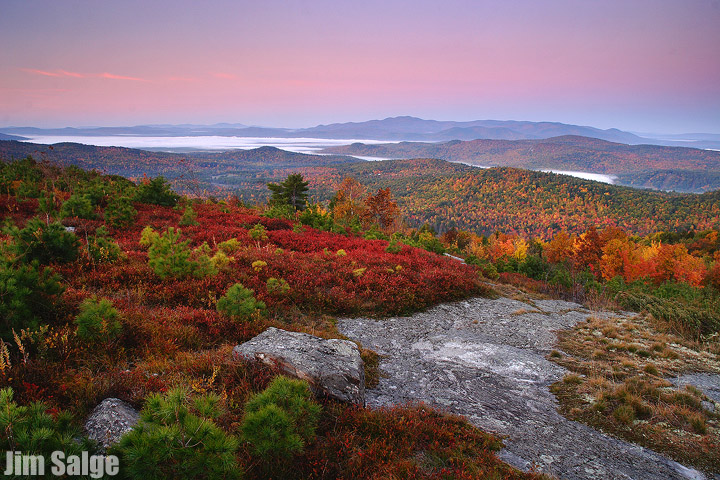Nice pic!
I just read the reference and don't see any real evidence of what may be actually be happening (perhaps there is some elsewhere). It also isn't clear how rigorous the quoted research is. (And the comparisons to human vision are irrelevant--the issue is comparison of two camera images that are identical except for the use of an ND filter and the corresponding change in the exposure time.)
Film has reciprocity* failure at low intensities, so I can understand changes in the color if film were being used. But digital sensors are essentially linear although increased exposure times will increase the noise. Except for the noise, the digital sensor should record the exact same RAW image.
Digital cameras (and postprocessing) are complicated devices and can alter an image in many ways. It is possible that there are some differences in how the RAW images are being converted to viewable images and this is what people are seeing. For instance, noise reduction processing could increase the saturation. People perceive noisy images differently than a lower noise version in some circumstances, but the images in question didn't look noisy enough for this to be a factor.
Anyhow, maybe it is just the researcher in me, but I'd like to see a plausible mechanism for this purported phenomenon.
* Reciprocity means 1/x intensity at x time will always yield the same density on the film. Reciprocity holds reasonably well for typical films at normal light levels, but not for very low light levels. For very low levels, the effective sensitivity (ISO) goes down.
Doug


